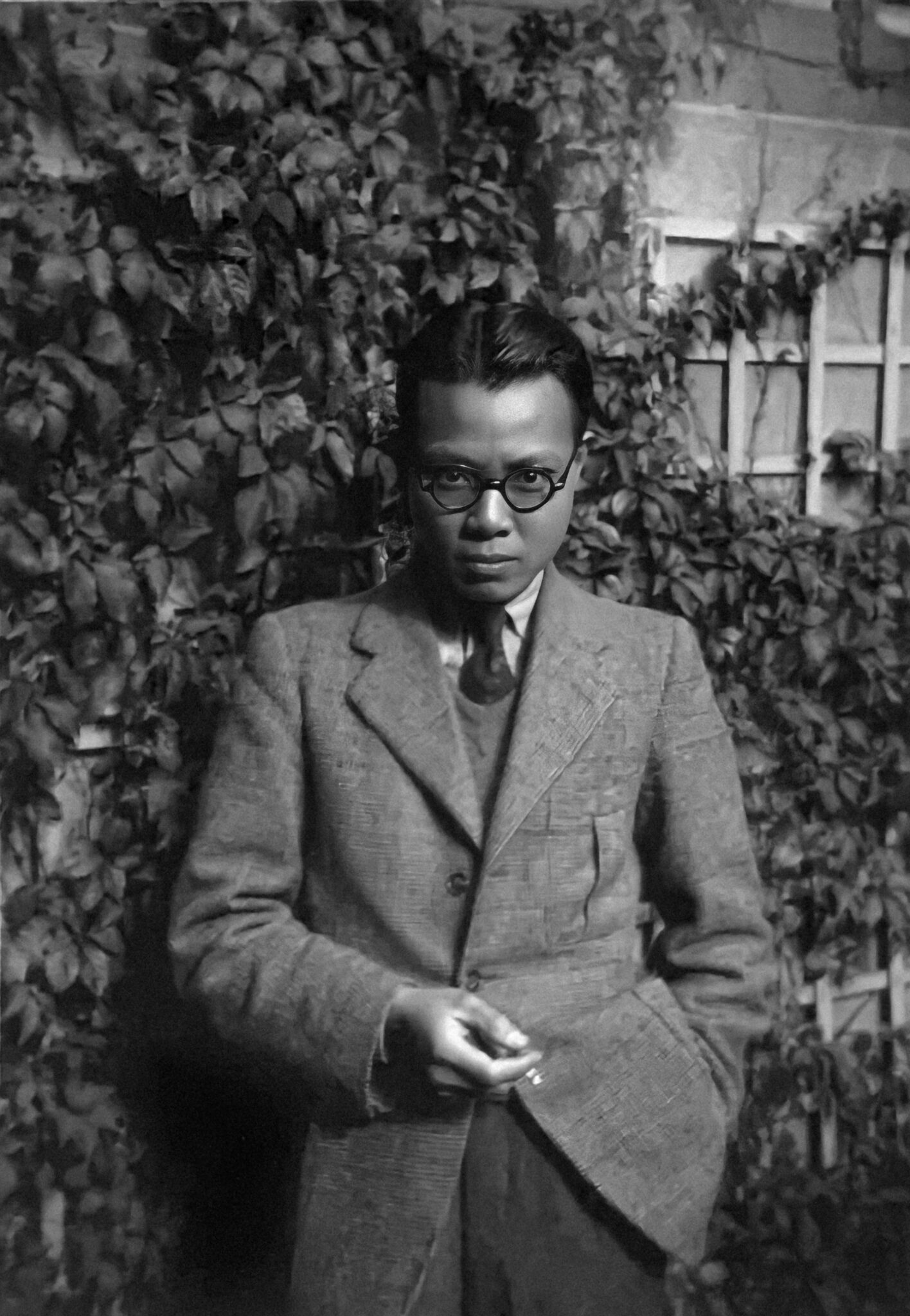
Le Pho (Vietnam, 1907-2001) was the tenth child in a family of twenty fathered by the senior mandarin Le Hoan. Because of his father's status, he received a cultured education, including training in brush painting.
At age 18, he was admitted into the first class of students to attend the Ecole des Beaux-Arts in Hanoi in 1925, directed by Victor Tardieu.
In 1930, Le Pho left for Paris, where he studied painting for two years. During the 30s and early 40s, he painted with long, thin brushes using watercolour on silk. His subjects, including bamboo, birds and lotus flowers were traditionally Oriental.
Upon returning to Hanoi in 1933, he was made a professor at the École des Beaux-Arts, a position he held from 1933 to 1936. He returned to Paris in 1937 to serve as a delegate to the International Exposition, and also as a jury member. Le Pho remained in France and had his first solo show there in 1938. He became an advisor to the Vietnamese Embassy in Paris and regularly exhibited at the Salon des Indépendants.
In the 1950s especially having started working with Galerie Romanet, his works revealed the influence of Pierre Bonnard and Odilon Redon, and his subjects included sensual female figures, often portrayed in interior settings. His best paintings, on silk and canvas, are gentle, poetic and Oriental in their aesthetic approach.










